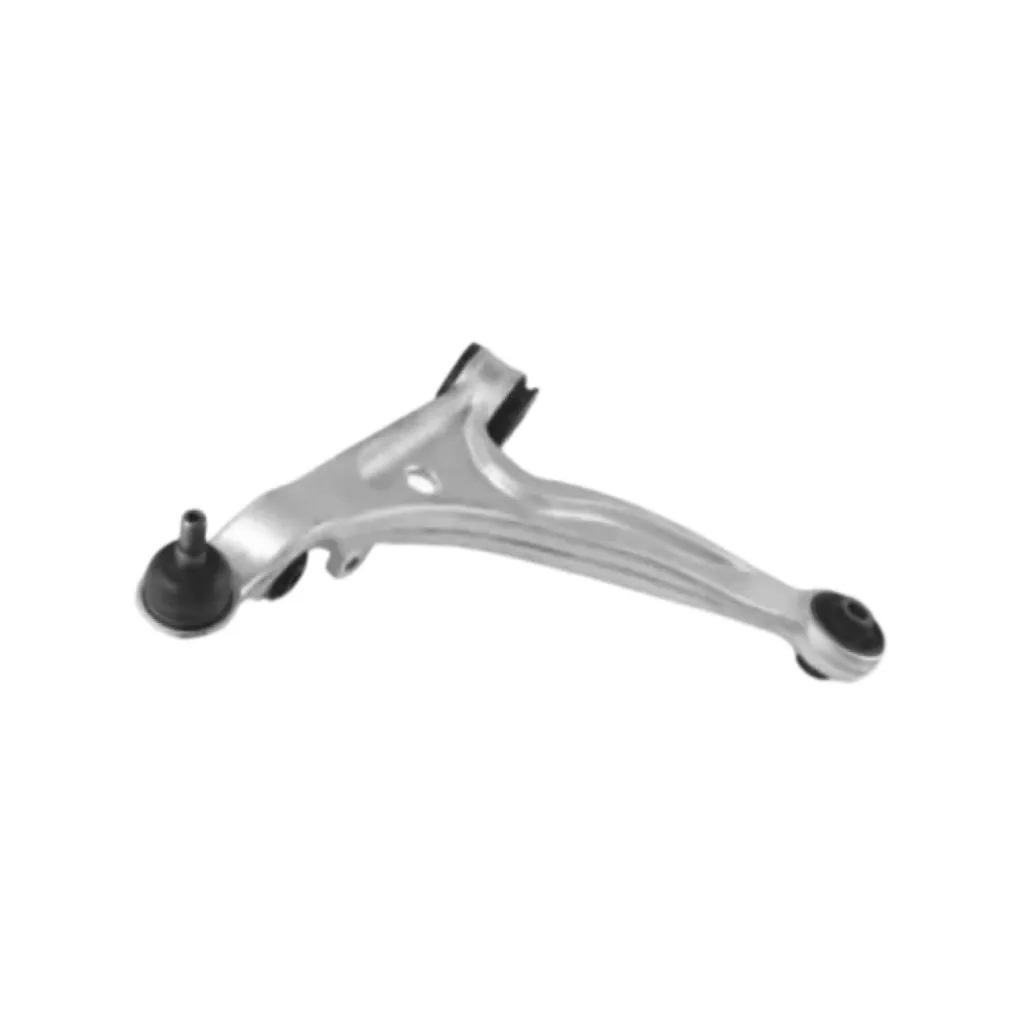
-
 Afrikaans
Afrikaans -
 Albanian
Albanian -
 Amharic
Amharic -
 Arabic
Arabic -
 Armenian
Armenian -
 Azerbaijani
Azerbaijani -
 Basque
Basque -
 Belarusian
Belarusian -
 Bengali
Bengali -
 Bosnian
Bosnian -
 Bulgarian
Bulgarian -
 Catalan
Catalan -
 Cebuano
Cebuano -
 Corsican
Corsican -
 Croatian
Croatian -
 Czech
Czech -
 Danish
Danish -
 Dutch
Dutch -
 English
English -
 Esperanto
Esperanto -
 Estonian
Estonian -
 Finnish
Finnish -
 French
French -
 Frisian
Frisian -
 Galician
Galician -
 Georgian
Georgian -
 German
German -
 Greek
Greek -
 Gujarati
Gujarati -
 Haitian Creole
Haitian Creole -
 hausa
hausa -
 hawaiian
hawaiian -
 Hebrew
Hebrew -
 Hindi
Hindi -
 Miao
Miao -
 Hungarian
Hungarian -
 Icelandic
Icelandic -
 igbo
igbo -
 Indonesian
Indonesian -
 irish
irish -
 Italian
Italian -
 Japanese
Japanese -
 Javanese
Javanese -
 Kannada
Kannada -
 kazakh
kazakh -
 Khmer
Khmer -
 Rwandese
Rwandese -
 Korean
Korean -
 Kurdish
Kurdish -
 Kyrgyz
Kyrgyz -
 Lao
Lao -
 Latin
Latin -
 Latvian
Latvian -
 Lithuanian
Lithuanian -
 Luxembourgish
Luxembourgish -
 Macedonian
Macedonian -
 Malgashi
Malgashi -
 Malay
Malay -
 Malayalam
Malayalam -
 Maltese
Maltese -
 Maori
Maori -
 Marathi
Marathi -
 Mongolian
Mongolian -
 Myanmar
Myanmar -
 Nepali
Nepali -
 Norwegian
Norwegian -
 Norwegian
Norwegian -
 Occitan
Occitan -
 Pashto
Pashto -
 Persian
Persian -
 Polish
Polish -
 Portuguese
Portuguese -
 Punjabi
Punjabi -
 Romanian
Romanian -
 Russian
Russian -
 Samoan
Samoan -
 Scottish Gaelic
Scottish Gaelic -
 Serbian
Serbian -
 Sesotho
Sesotho -
 Shona
Shona -
 Sindhi
Sindhi -
 Sinhala
Sinhala -
 Slovak
Slovak -
 Slovenian
Slovenian -
 Somali
Somali -
 Spanish
Spanish -
 Sundanese
Sundanese -
 Swahili
Swahili -
 Swedish
Swedish -
 Tagalog
Tagalog -
 Tajik
Tajik -
 Tamil
Tamil -
 Tatar
Tatar -
 Telugu
Telugu -
 Thai
Thai -
 Turkish
Turkish -
 Turkmen
Turkmen -
 Ukrainian
Ukrainian -
 Urdu
Urdu -
 Uighur
Uighur -
 Uzbek
Uzbek -
 Vietnamese
Vietnamese -
 Welsh
Welsh -
 Bantu
Bantu -
 Yiddish
Yiddish -
 Yoruba
Yoruba -
 Zulu
Zulu
Adjusting Control Arm Dynamics for Enhanced Truck Performance and Stability
Understanding the Importance of Control Arms in Trucks
In the world of automotive engineering, control arms play a crucial role in the suspension system of vehicles, including trucks. These components are pivotal in connecting the vehicle's chassis to its wheels, ensuring stability, handling, and ride quality. In this article, we will explore the functionality, types, and significance of control arms in trucks, emphasizing their impact on overall vehicle performance and safety.
What Are Control Arms?
Control arms, commonly referred to as A-arms due to their distinctive shape, are essential parts of a vehicle's suspension system. They are typically designed as a triangle, consisting of two ends (known as the outer and inner ends) connected by a pivot point. The outer end attaches to the wheel assembly, while the inner end connects to the vehicle’s frame or body. The pivot point allows for vertical movement of the wheel, which is critical for absorbing shocks from the road.
Types of Control Arms
There are primarily two types of control arms upper control arms and lower control arms.
1. Upper Control Arms Located above the wheel assembly, upper control arms are pivotal in establishing camber angles, which influence how the tire makes contact with the road. Proper camber settings enhance grip, stability, and tire wear.
2. Lower Control Arms Situated below the wheel assembly, lower control arms are essential for supporting the weight of the vehicle and handling lateral forces during cornering. They work in tandem with springs and shock absorbers to provide a smoother ride.
Both types of control arms can be either stamped or tubular. Stamped control arms are more common in standard trucks, while tubular control arms are often utilized in performance applications due to their increased strength and reduced weight.
The Role of Control Arms in Truck Performance
The significance of control arms in trucks cannot be understated. Their design and condition directly affect multiple aspects of vehicle performance
control arm on truck

- Stability Control arms help maintain tire alignment, particularly during sharp turns or unexpected maneuvers. Misaligned control arms can lead to instability, making the vehicle harder to control.
- Ride Quality The suspension system relies on control arms to absorb shocks and vibrations from the road
. Worn or damaged control arms can lead to a rough ride, increasing driver fatigue and reducing comfort.- Handling Properly functioning control arms are key to optimal steering response. They allow for precise wheel movement, improving the driver’s ability to navigate turns and maintain control.
- Tire Wear Control arms help keep tires aligned, which is essential for even tire wear. Misalignment can lead to premature tire degradation, resulting in increased costs for the truck owner.
Signs of Control Arm Issues
As with any vehicle component, control arms can wear out over time. Drivers should be aware of potential indicators of problems, such as
- Unusual noises when driving, such as clunking or rattling - A noticeable decrease in handling or stability - Uneven tire wear patterns - Vibration during driving, especially at certain speeds
If any of these symptoms are present, it is crucial to have the control arms inspected and, if necessary, replaced to ensure safety and optimal performance.
Conclusion
In conclusion, control arms are vital components of a truck's suspension system, playing a significant role in stability, ride quality, and handling. Their condition directly impacts vehicle safety and performance, making regular maintenance and inspections essential. For truck owners, understanding the importance of control arms can lead to better vehicle care, improved safety, and ultimately a more enjoyable driving experience. Investing time and resources in maintaining these critical components is a small price to pay for the benefits they provide on the road.







